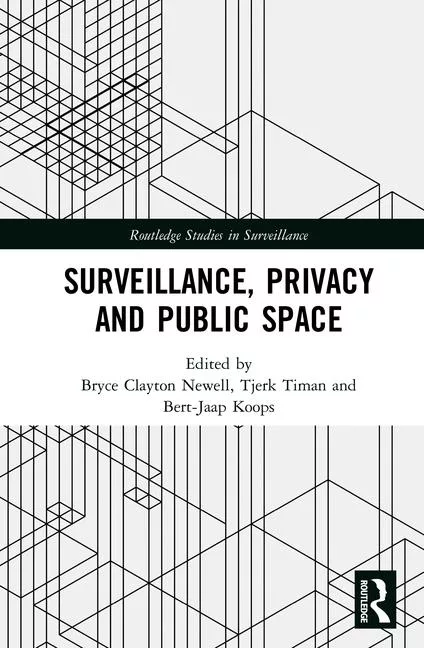New Report Examines Student Victimization at U.S. Public Schools
A report from the National Center for Education Statistics says that nearly 3 percent of students, ages 12-18, reported that they were the victims of crime at school in the previous six months.
The Student Victimization in U.S. Schools: Results From the 2015 School Crime Supplement to the National Crime Victimization Survey report says that during the school year 2014-15, these students reported being bullied at school at more than twice the rate (51.1 percent) of the students who reported not being victims of crime (20.0 percent).
According to the report, an analysis of student characteristics revealed some differences in reported victimization rates by grade. Students in 12th grade reported being the victim of any crime at school (1.3 percent) at lower rates than students in most of the lower grades: 6, 7, 9, and 11 (3.2 percent, 3.4 percent, 3.0 percent, and 4.4 percent, respectively). Male and female students did not report being criminally victimized in school at significantly different rates, nor were there significant variations in rates reported by racial or ethnic groups, other than Asian students reporting slightly fewer violent victimizations than any of the other racial and ethnic groups. The report notes no significant variations in rates reported by household income groups. Reports of bullying victimization also varied by reports of criminal victimization, revealing an overlap between the two types of victimization at school.
Students who reported being the victim of any crime at school also reported being bullied at school at twice the rate (51.1 percent) of the students who did not report being victims of any crime 20.0 percent). The report notes that the percentage of students reporting violent crime victimization who also reported being bullied at school (83.7 percent) was two times higher than the percentage of students reporting theft victimization who also reported being bullied at school (38.1 percent). Large differences exist in the percentages of students reporting unfavorable school conditions between students reporting any criminal victimization and those reporting no criminal victimization, the report says. Students who reported any criminal victimization reported a range of negative school conditions at higher rates than students who reported no criminal victimization, including the presence of gangs at school (23.7 percent vs. 10.3 percent); that they had engaged in a physical fight at school (13.7 percent vs. 2.7 percent); that drugs were available at school (59.3 percent vs 35.2 percent); and that they had seen hate-related graffiti at school (50.4 percent vs. 26.5 percent).
According to the report, victimization experiences were also related to student reports of school security measures. A higher percentage of students who reported any criminal victimization than students reporting no criminal victimization also reported the use of student IDs (34.3 percent vs. 23.6 percent) and security guards or assigned police officers at school (81.3 percent vs. 69.2 percent). Overall, reports of criminal victimization were accompanied by higher rates of reported fear and avoidance behavior. The percentages of students who reported fearing attack or harm at school were higher for those reporting any criminal victimization (10.8 percent) and those reporting violent crime victimization (21.1 percent) compared to students reporting no criminal victimization (3.1 percent). Similarly, says the report, a higher proportion of students reporting being the victim of any crime than students reporting not being criminally victimized at school reported avoiding specific places at school for fear that someone might attack or harm them (12.1 percent vs. 3.7 percent).
https://nces.ed.gov/pubs2018/2018106.pdf
Looking for a reprint of this article?
From high-res PDFs to custom plaques, order your copy today!



